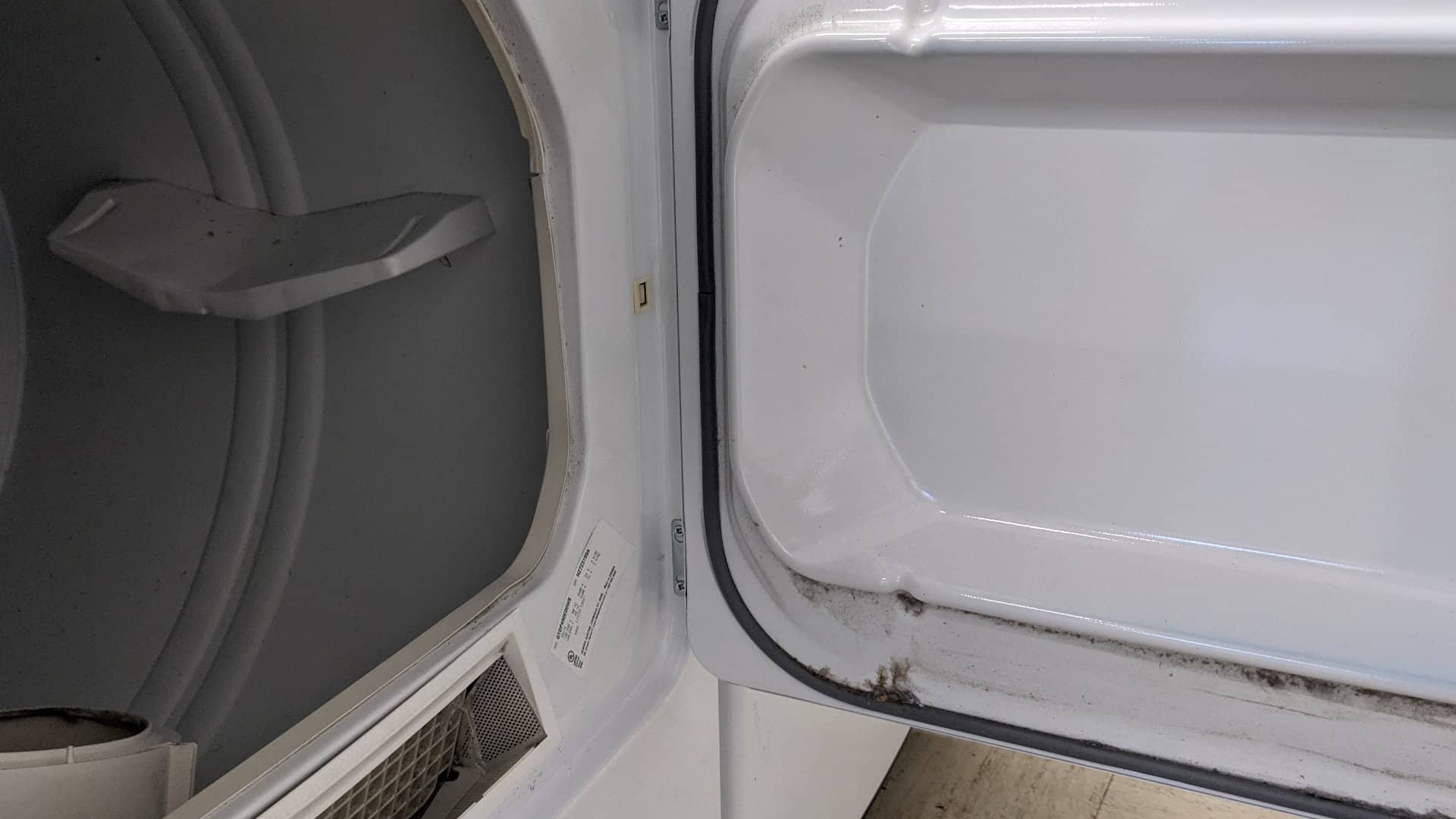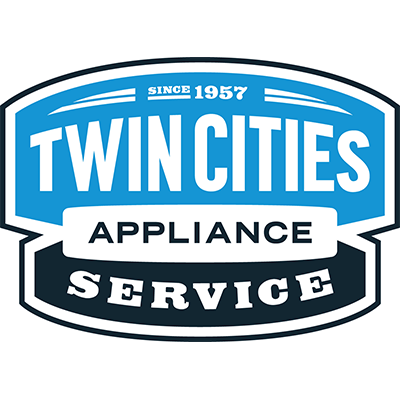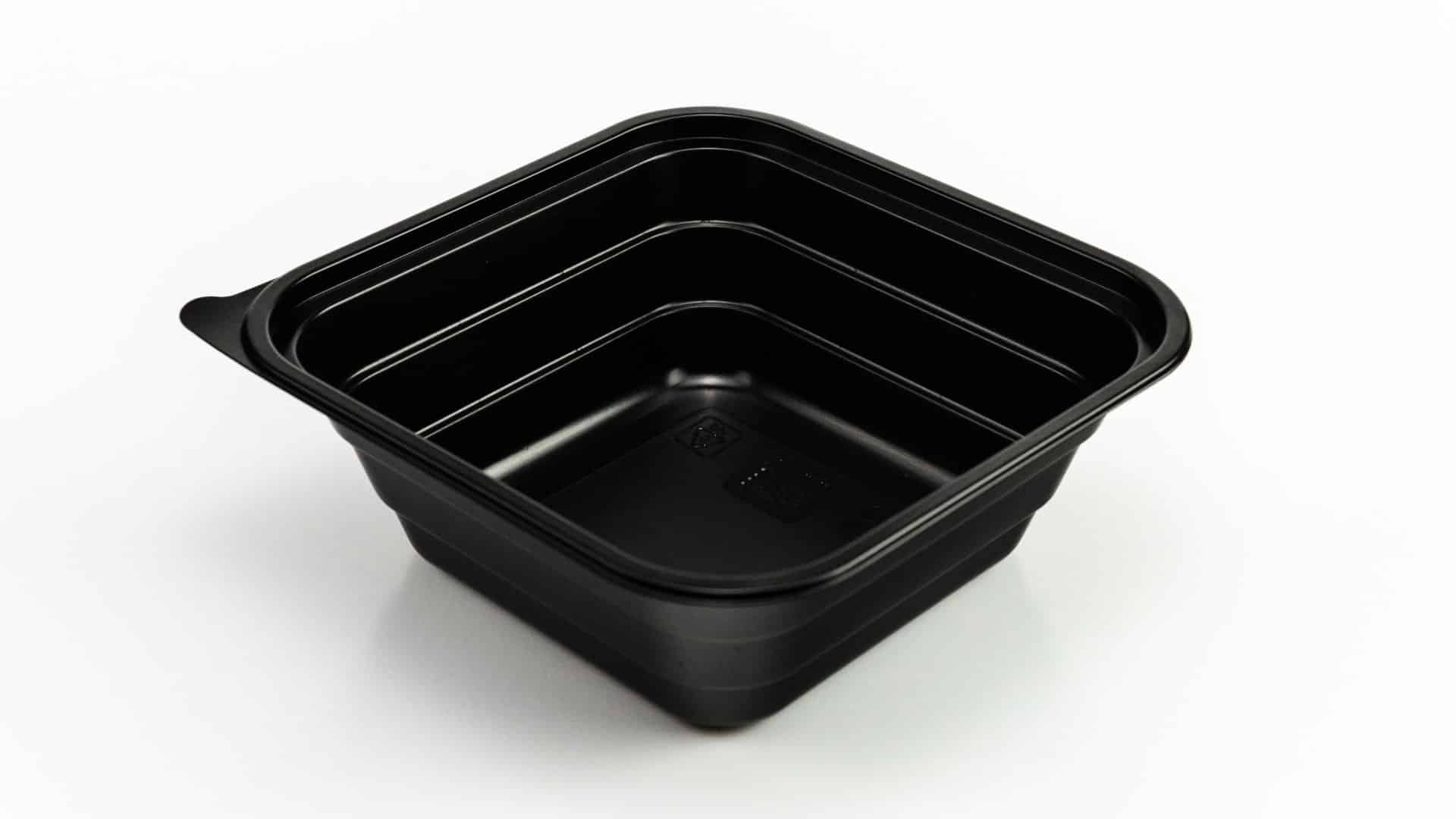
Microwaves are super useful appliances for busy people—you can reheat leftovers, defrost meat, and even cook whole meals! Everyone knows you shouldn’t put metal in your microwave, but what about styrofoam? We take a look at the facts surrounding microwaving styrofoam, including the official guidelines and the health risks.
What Is Styrofoam?
Although Styrofoam is technically a brand name for a specific type of polystyrene, it is commonly used as a term for all types of polystyrene. Often, what people call Styrofoam is not Styrofoam at all—it’s just a generic form of polystyrene. Polystyrene is made from a combination of styrene monomers that are expanded with air, giving it a light, airy texture.
It’s highly insulating and cheap to produce, so it’s widely used in packaging and shipping materials. It’s also commonly used for takeaway food containers, coffee cups, and instant noodle containers.
What Should You Consider When Microwaving Different Materials?
The main thing to consider when microwaving containers is whether they are food-safe when heated. Glass is an excellent option for microwaving food as it is inert and does not leach anything into your food when heated. Some plastics are also deemed to be microwave-safe, which means they have been engineered so that they don’t melt, warp, or release chemicals when used at high temperatures.
As well as the issue of leaching chemicals, it’s also important to consider fire risk, thermal shock, and conductivity. Metal is too conductive to be used in the microwave, and some forms of glass may be too fragile and crack when under high heat. Paper and cardboard products can be ok under certain circumstances, but they may pose a risk of combustion.
FDA Food Packaging Regulations
The FDA closely regulates food packaging to make sure they’re safe to store your food. If the food is designed to be heated in its packet, the FDA also ensures that the packaging is safe when subject to microwave heating. The packaging is tested to make sure it doesn’t leach dangerous chemicals into your food.
To sell products in the US, packaging manufacturers must meet FDA standards and clearly label when their products are microwave-safe. The microwave-safe label is symbolized by three wavy lines that indicate microwaves.
How Your Microwaves Affect Food Packaging
Microwaves heat your food in a unique way. Instead of just applying a heat source to your food, they cause the molecules in the food to vibrate, creating heat by causing friction. Due to this, using a microwave affects different types of packaging differently.
Glass is a very stable, non-reactive material that can easily withstand the vibrations from the microwave without issue. Plastics are more reactive, and microwaving can affect their chemical structure, causing them to melt or release chemicals. This is why it’s essential that any plastic packaging, Styrofoam or not, is designated as microwave-safe by the FDA.
How Does Heat Affect Styrofoam?
A few different chemical and physical changes can occur when Styrofoam is heated in the microwave. Styrofoam can melt when subjected to temperatures above 464-482 degrees Fahrenheit but can begin to warp and become misshapen at lower temperatures.
In terms of its chemical structure, heating Styrofoam can cause it to release styrene, which is used in the polystyrene production process. Although it is possible for Styrofoam to leach styrene into food even at cold temperatures, the heating process from your microwave accelerates the process, making the leaching more significant.
Repeated heating makes the Styrofoam more likely to degrade, and can also damage its insulating properties. This means that each time the Styrofoam is heated, the risk of styrene leaching into your food increases. The degradation is more pronounced when Styrofoam is heated with oily foods, exacerbating the styrene leaching process. It also means you may be more liable to burns as the packaging may no longer properly insulate your food.
Potential Health Risks of Heating Microwaving Styrofoam
The main health risks associated with microwaving Styrofoam are related to chemical leaching, primarily of the chemical called styrene. While there is no conclusive information on styrene’s effects on the human body, it is strongly believed to be a potential carcinogen. Potential side effects from styrene exposure include
- Increased risk of lymph-related cancers, such as leukemia and lymphoma
- Impaired memory and concentration
- Impairments of the central nervous system
- Potential vision and hearing impairments
- Thyroid hormone dysfunction
As well as styrene, Styrofoam has other chemicals added during the manufacturing process, which can also negatively affect human health. Benzene and butadiene are often used, both of which are proven to have carcinogenic effects. These chemicals are more likely to leach into your food when the Styrofoam is subject to high heat or is heated repeatedly.
Although the FDA does designate some forms of Styrofoam to be microwave and food-safe, we recommend avoiding it altogether if you can—there are so many safer alternatives, and the long list of health risks means it just isn’t worth it!
Alternatives to Styrofoam
So, what about Styrofoam alternatives? There are tons of safer options if you want to reduce health risks and avoid potential chemical leaching. If you purchase foods that come in styrofoam, we strongly recommend transferring the food to a different type of container before heating it—even if it claims to be microwave-safe. Some safer alternatives include:
- Glass and ceramic: These are reusable, heat resistant, and do not leach chemicals. Just ensure they’re designated as microwave-safe so you know they won’t crack under high heat.
- Silicone: Silicone cookware is flexible, food-safe, and can be heated to high temperatures without leaching chemicals.
- Bamboo fiber: If you prefer to use disposable containers, bamboo fiber is a good alternative to styrofoam or plastic. It’s eco-friendly and can withstand heat, although not quite as well as glass or ceramic containers.

Can You Microwave Styrofoam?
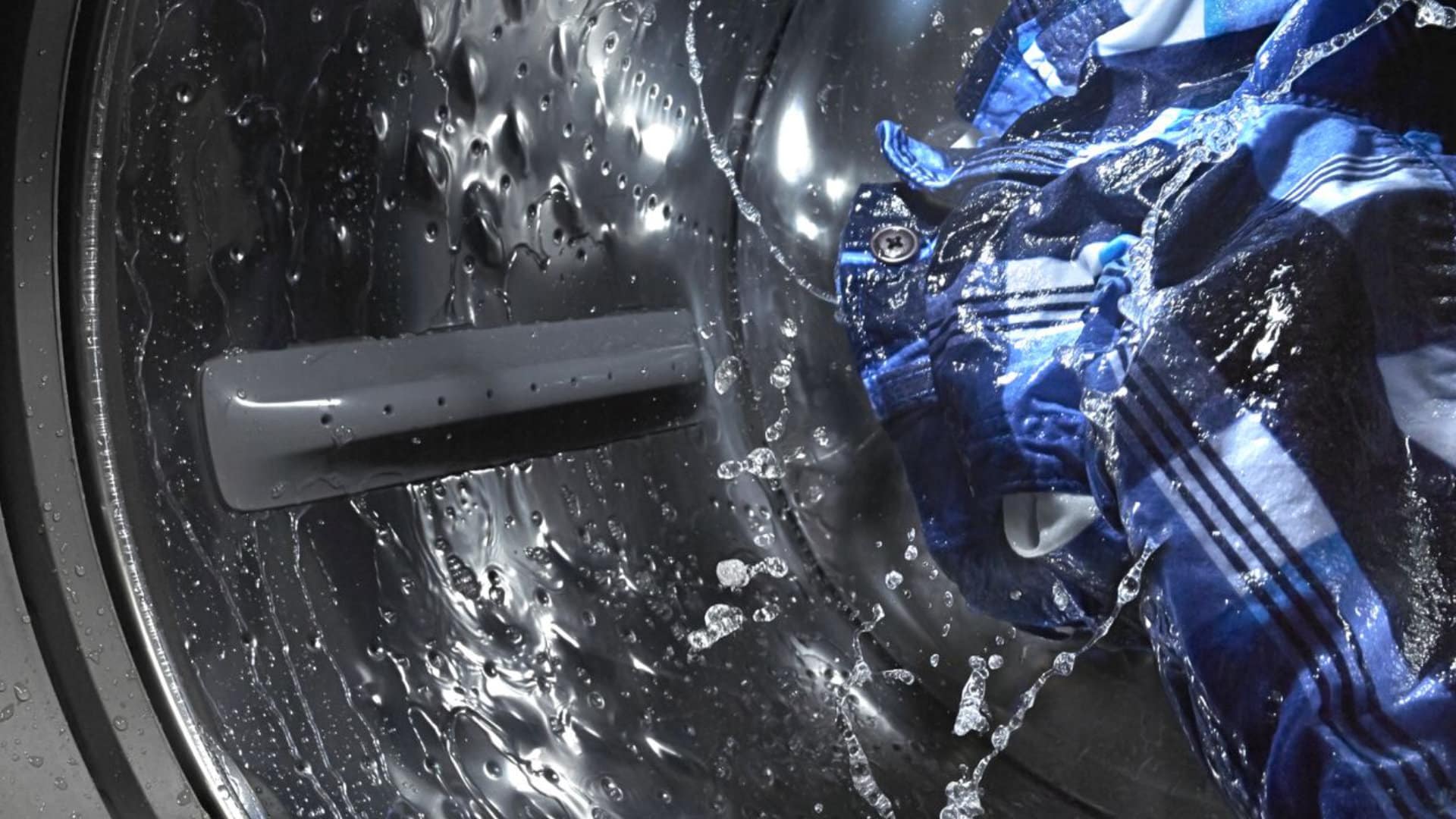
How to Fix the Whirlpool Washer F5 E3 Error Code
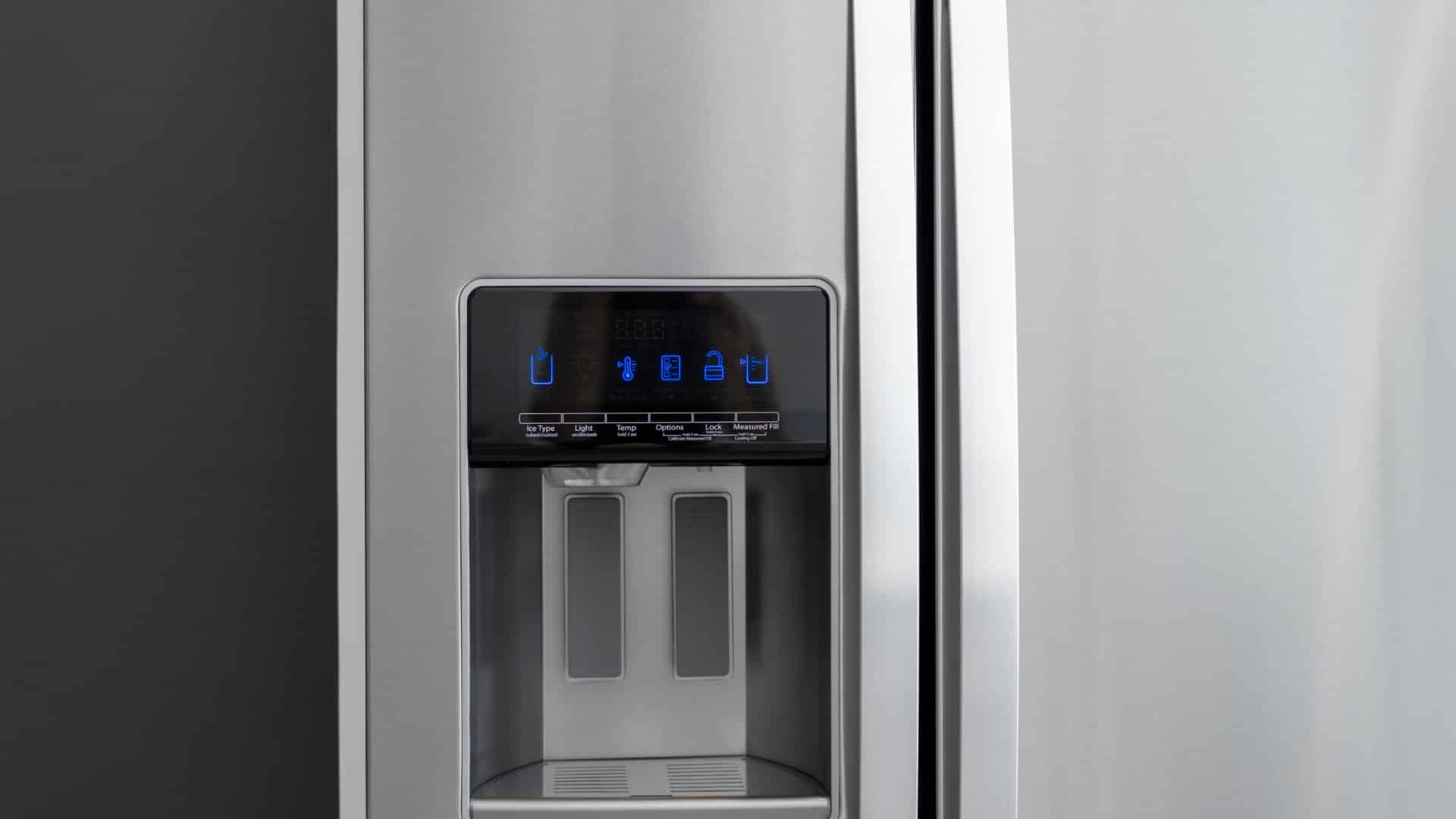
10 Steps to Clean Your Fridge Water Dispenser
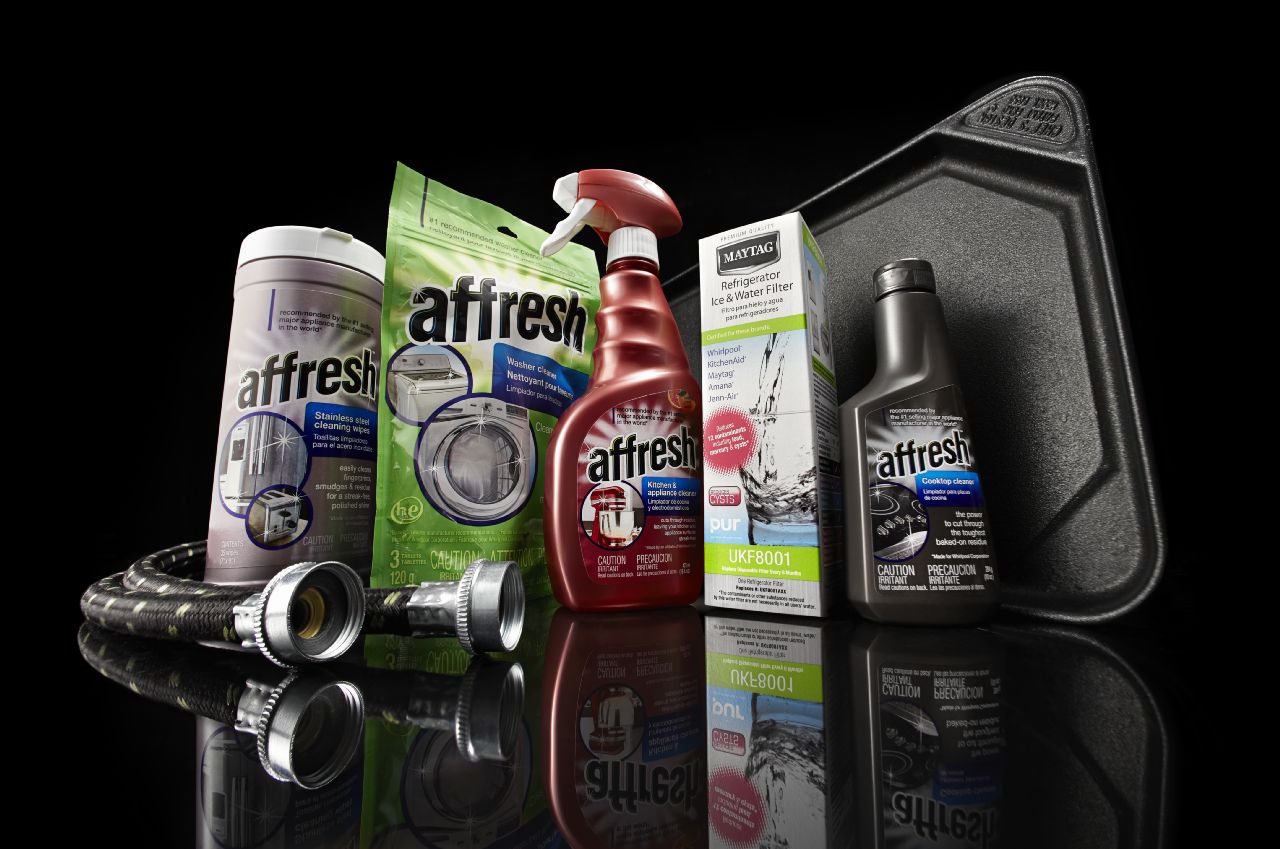
How to Replace a Whirlpool Refrigerator Water Filter
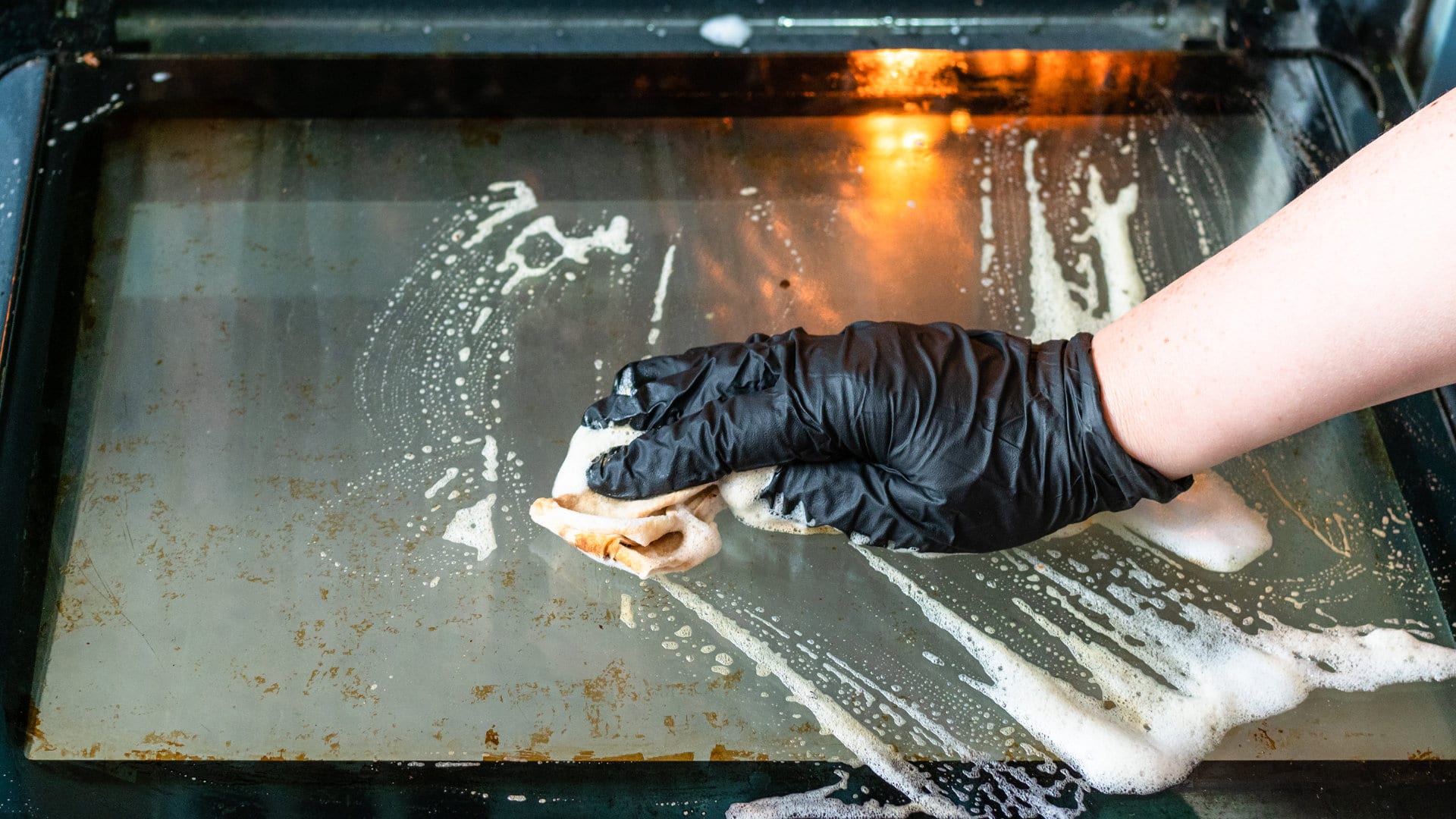
How to Clean an Oven Glass Door (3 Easy Methods)
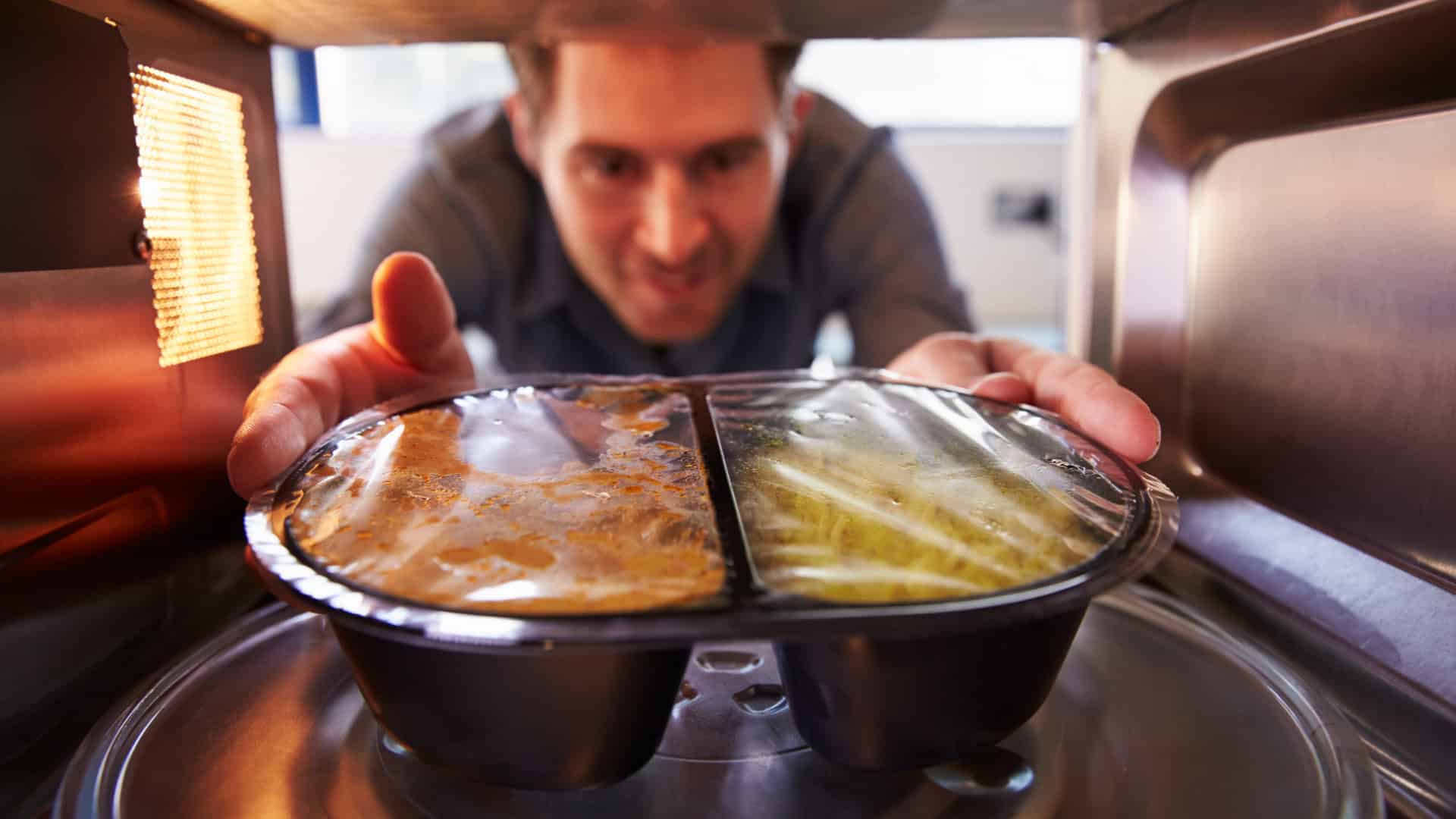
Why Your Microwave Plate Is Not Spinning
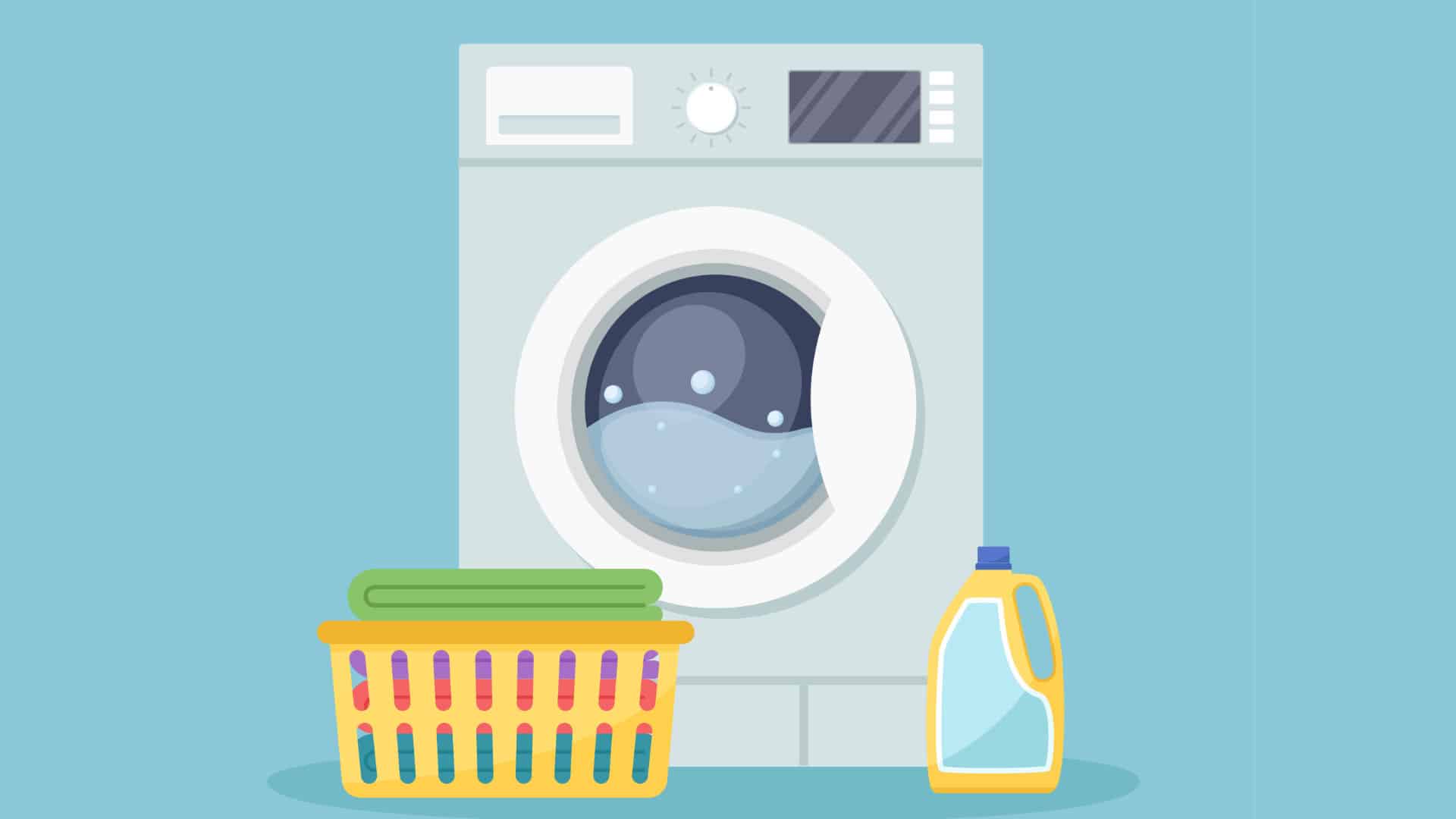
Washer Spin Cycle Not Working? Here’s Why
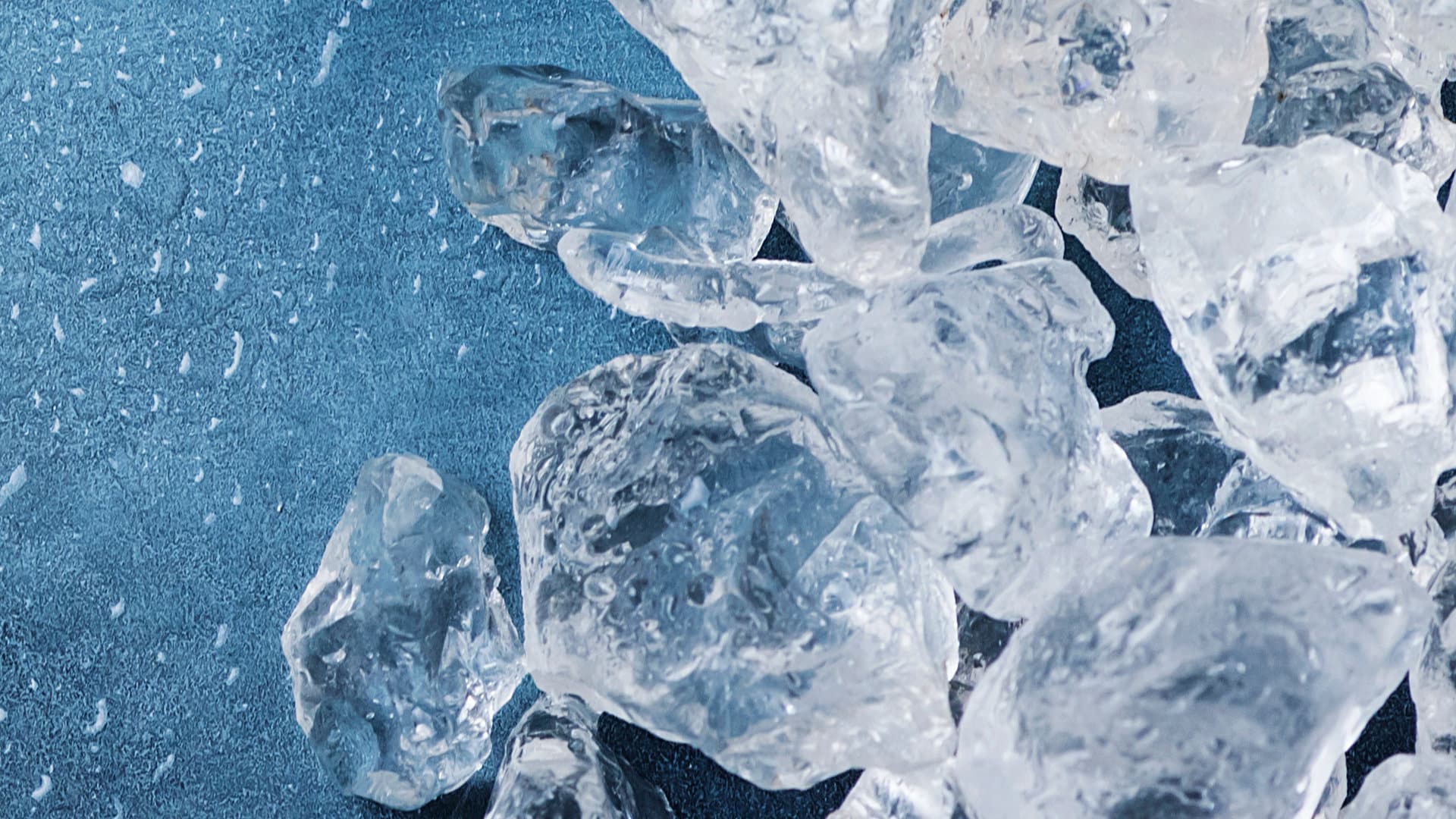
How to Fix a Slow Ice Maker
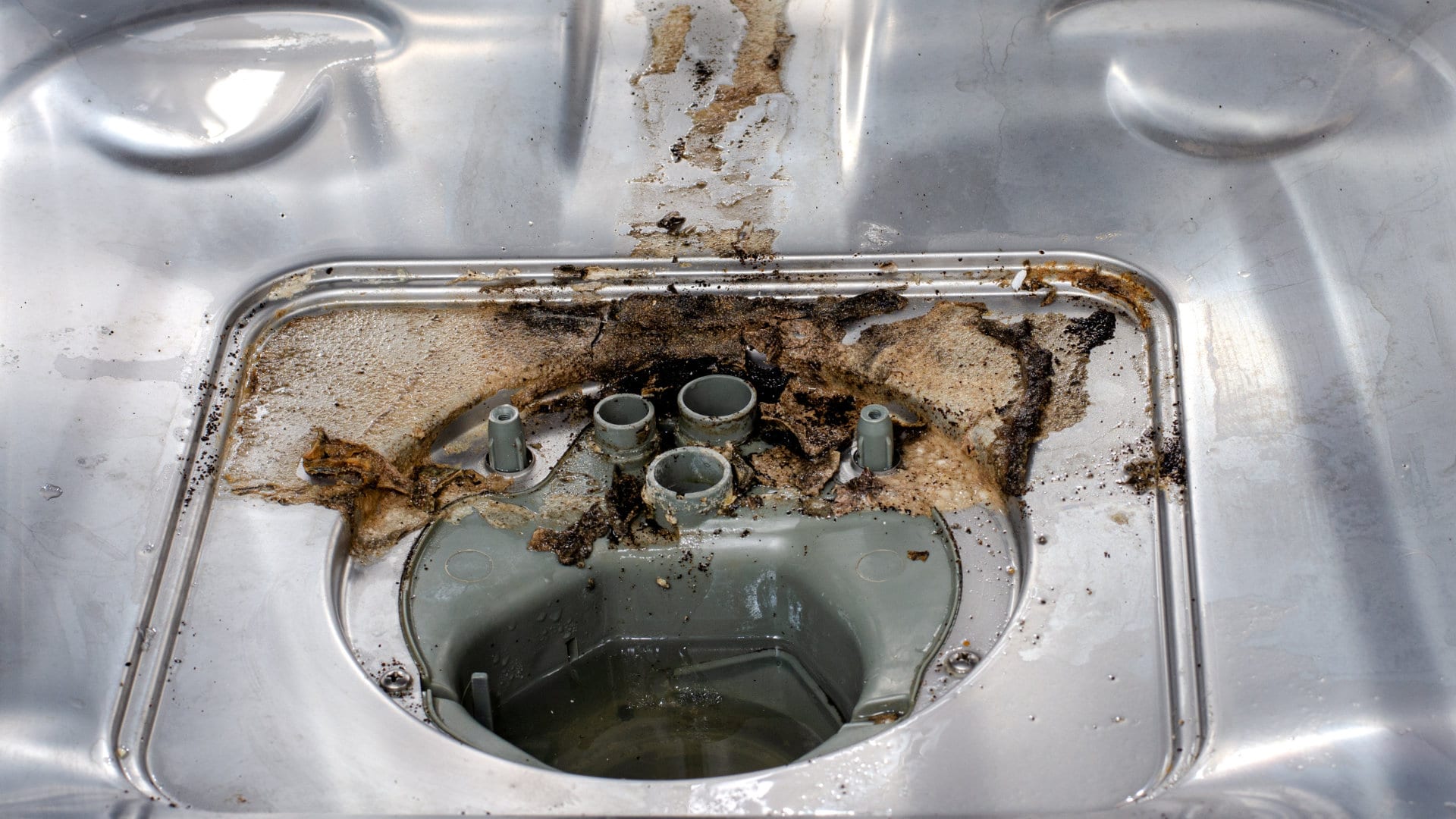
Why Does My Dishwasher Smell like Sewage?
